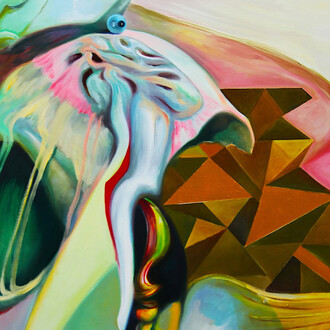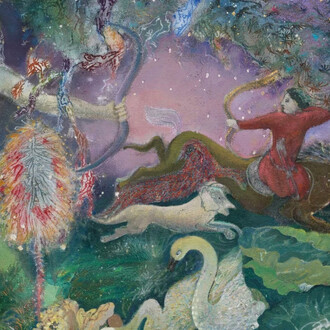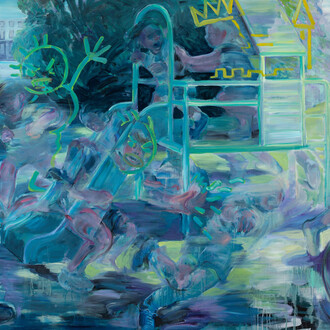Kapoor Galleries presents Wild Horizons, an exhibition of ancient Indian and Himalayan sculptures and miniature paintings that celebrates the timeless inspiration drawn from the natural world, for the rekindling of environmental harmony.
The Indian subcontinent and Himalayan regions are home to diverse biomes that have long inspired reverence for nature and wildlife. From fertile river valleys to snow-capped mountains and dense tropical jungles, these landscapes have profoundly influenced South Asian culture, spirituality, and artistic expression. Wild Horizons, Kapoor Galleries Winter 2024–25 exhibition, explores the enduring relationship between humanity, nature, and the divine. Highlights include the Composite Camel, an exquisite opaque watercolor that blends animals and human forms into a single fantastical creature, symbolizing the interconnectedness of all life.
Flora and fauna hold deep spiritual and symbolic significance in South Asian art. Deities often blur the lines between human and animal forms, as seen with Vishnu’s avatars—Narasimha the lion, Matsya the fish, and Kurma the turtle—or Ganesha with his elephant head. Vahanas, or divine mounts, such as Shiva’s bull Nandi or Vishnu’s eagle Garuda, embody the virtues of their deities, while botanical elements like lotuses and banyan trees evoke themes of divinity, purity, and cosmic renewal. These elements enrich artworks with layers of meaning, offering viewers insights into the region’s profound connection with nature.
Whether capturing spiritual myths, royal pastimes, or dramatic moments of human interaction with wildlife, South Asian art reflects the dynamic interplay between nature and humanity. From lush landscapes to vibrant depictions of daily life, the artworks in Wild Horizons invite viewers to rediscover the awe-inspiring beauty and timeless lessons of the natural world. This exhibition celebrates the enduring inspiration found in nature, urging us to reflect on our shared heritage and renew our commitment to harmony with the environment.













